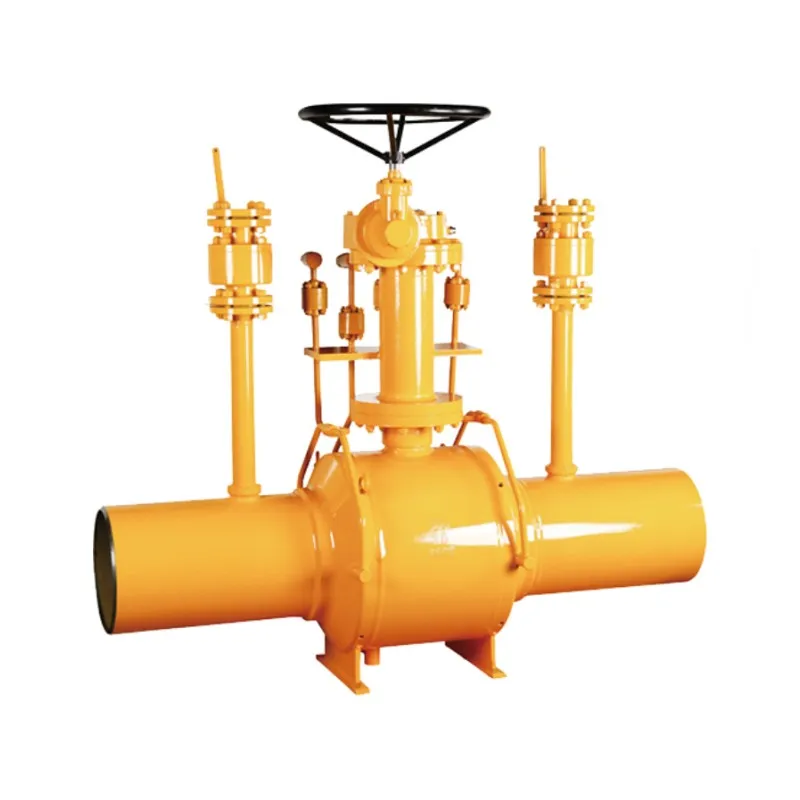hydraulic pressure control valve types
Hydraulic Pressure Control Valve Types An Overview
Hydraulic systems are integral to various applications across multiple industries, including construction, manufacturing, and transportation. A key component of these systems is the hydraulic pressure control valve, which regulates the pressure within the hydraulic circuit. Understanding the different types of hydraulic pressure control valves is essential for engineers and operators to maintain efficient, safe, and effective hydraulic systems.
What are Hydraulic Pressure Control Valves?
Hydraulic pressure control valves serve the critical function of controlling the pressure in hydraulic circuits, ensuring that the pressure remains within a predetermined range. These valves help prevent system failures, protect hydraulic components from damage, and optimize the system's performance.
Types of Hydraulic Pressure Control Valves
1. Relief Valves Relief valves are perhaps the most common type of hydraulic pressure control valve. They serve to protect the hydraulic system from excessive pressure build-up. When the pressure exceeds a predetermined set point, the relief valve opens, allowing fluid to escape from the system, preventing potential damage to components. These valves are crucial for enhancing system safety and reliability.
2. Pressure Reducing Valves Pressure reducing valves maintain a lower outlet pressure than the inlet pressure. This is particularly useful in systems where different components operate under varying pressure levels. By regulating the pressure, these valves ensure that downstream components receive the appropriate pressure, preventing damage to sensitive equipment and improving overall system efficiency.
3. Sequence Valves Sequence valves are used in hydraulic circuits to control the order of operation of various actuators. They ensure that one actuator operates before another, preventing simultaneous operations that could cause system instability. Sequence valves are particularly useful in complex hydraulic systems where the timing of movements is critical.
hydraulic pressure control valve types

4. Counterbalance Valves Counterbalance valves are specialized pressure control valves designed to hold a load in position despite fluctuations in pressure. They provide additional support and prevent dropping or uncontrolled descent of loads in hydraulic systems, such as hydraulic cranes or lifts. These valves are critical for ensuring safety when handling heavy loads.
5. Variable Pressure Control Valves These valves allow for adjustable pressure settings, enabling operators to fine-tune the pressure levels according to specific requirements. Variable pressure control valves can adapt to changing conditions and demands, making them highly versatile and suitable for a wide range of applications.
6. Solenoid-Operated Pressure Control Valves Solenoid-operated valves utilize electromagnetic coils to control the valve’s operation. When an electrical signal is applied, the valve opens or closes, allowing for remote operation and automation in hydraulic systems. These valves are advantageous in applications that require precise control and quick response times.
7. Load Sensing Valves Load sensing valves are designed to adjust the pressure based on the load conditions within the system. This type of valve helps optimize the system's efficiency by reducing energy consumption and ensuring that only the necessary pressure is applied based on the load being lifted or moved.
Conclusion
Understanding the different types of hydraulic pressure control valves is crucial for anyone involved in the design, operation, or maintenance of hydraulic systems. Selecting the appropriate valve type for specific applications can significantly impact the performance, efficiency, and safety of hydraulic operations. As technology continues to advance, innovations in hydraulic valve design will further enhance system capabilities, catering to the ever-evolving demands of various industries.
In summary, hydraulic pressure control valves are indispensable tools in hydraulic systems, with each type fulfilling specific roles to ensure optimal operation. By familiarizing themselves with these valve types, professionals can make informed decisions that lead to improved system performance and longevity.
-
The Key to Fluid Control: Exploring the Advantages of Ball Valves in Industrial SystemsNewsJul.09,2025
-
The Versatile World of 1, 2, and 3 Piece Ball ValvesNewsJul.09,2025
-
Stainless Steel Ball Valves: The Ideal Choice for Efficient Flow ControlNewsJul.09,2025
-
Optimizing Fluid Control with Ball Float ValvesNewsJul.09,2025
-
Manual Gate Valves: Essential for Control and EfficiencyNewsJul.09,2025
-
Everything You Need to Know About Butterfly ValvesNewsJul.09,2025
-
The Versatility of Wafer Type Butterfly ValvesNewsJul.08,2025




